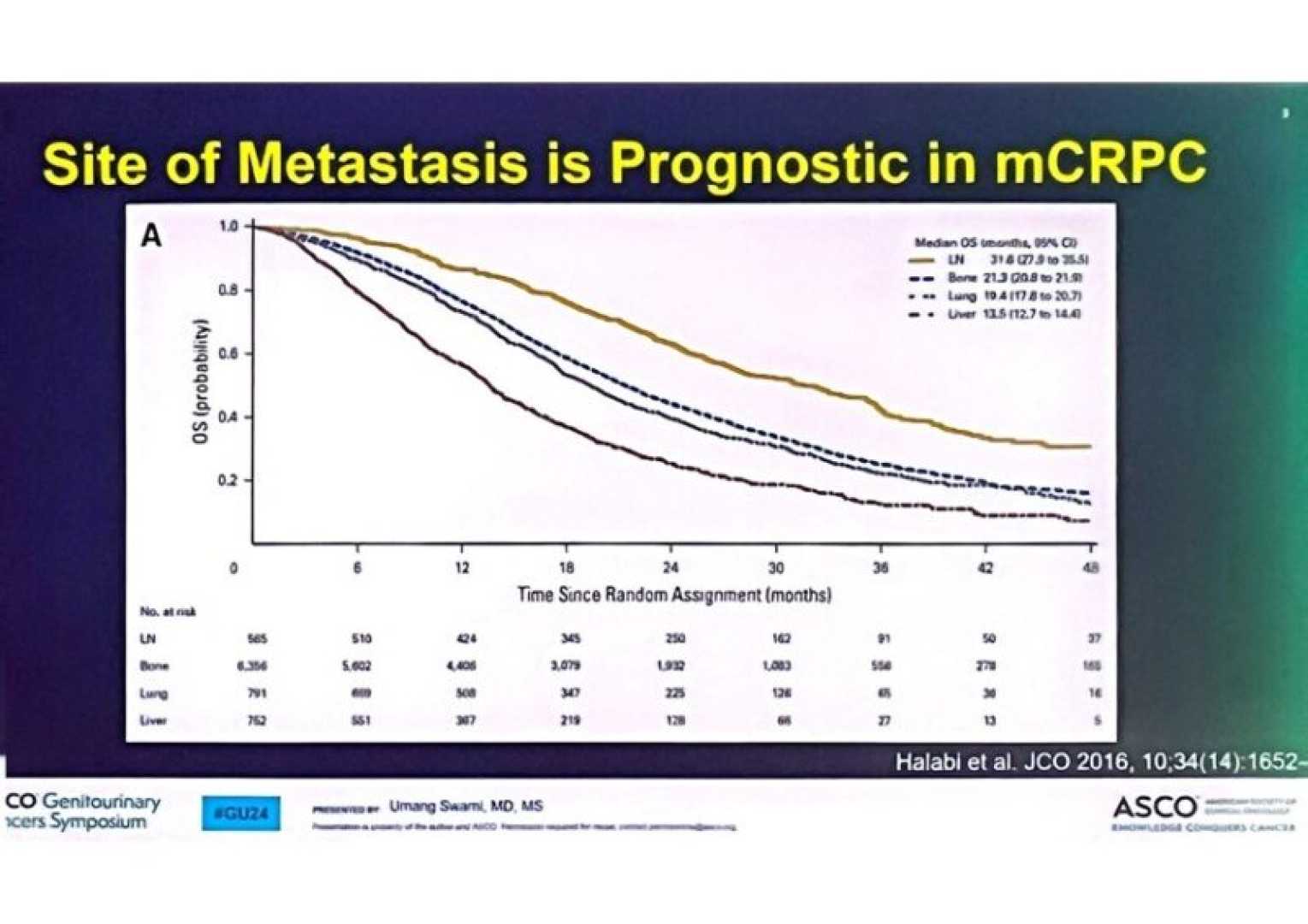Health
Prognosis Variations in Metastatic Prostate Cancer Based on Metastatic Site

A recent analysis involving 59,875 patients with metastatic prostate cancer has revealed significant differences in prognosis based on the sites of metastasis. The study, utilizing data from the TriNetX database, emphasizes the importance of understanding the implications of metastatic sites on overall survival.
The findings indicate that 65.2% of the patients had bone metastases, while 12.5% presented with lung-only visceral metastases, 8.7% with brain-only visceral metastases, and another 12.5% with liver-only visceral metastases. The overall median survival for patients diagnosed with metastatic prostate cancer was noted to be 15.7 months.
Among the various metastatic sites, the longest median overall survival was observed in patients with bone metastases, recorded at 44.4 months. This was followed by lung metastases at 31.9 months. In stark contrast, patients with brain and liver metastases faced significantly lower median survival rates, at 9.6 months and 10 months respectively.
Investigating the impact of combinations of metastatic sites, the analysis revealed that patients who had liver and lung metastases exhibited a median overall survival of just 6.6 months. The worst prognosis was identified in patients with both liver and brain metastases, yielding a median overall survival of only 3.1 months.
The presence of both visceral and bone metastases resulted in a median survival of 17 months, with liver and bone metastases showing the poorest prognosis at 5.4 months. Furthermore, when considering the race of the patients, Asian populations displayed the highest survival rates, followed by African American individuals, and lastly, Caucasian patients.












